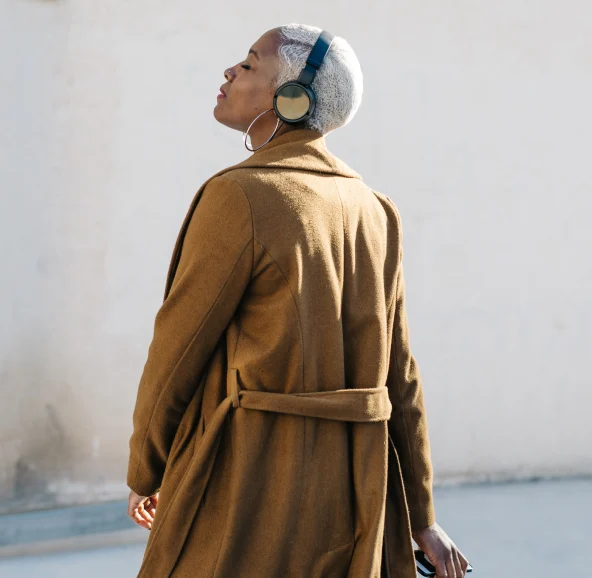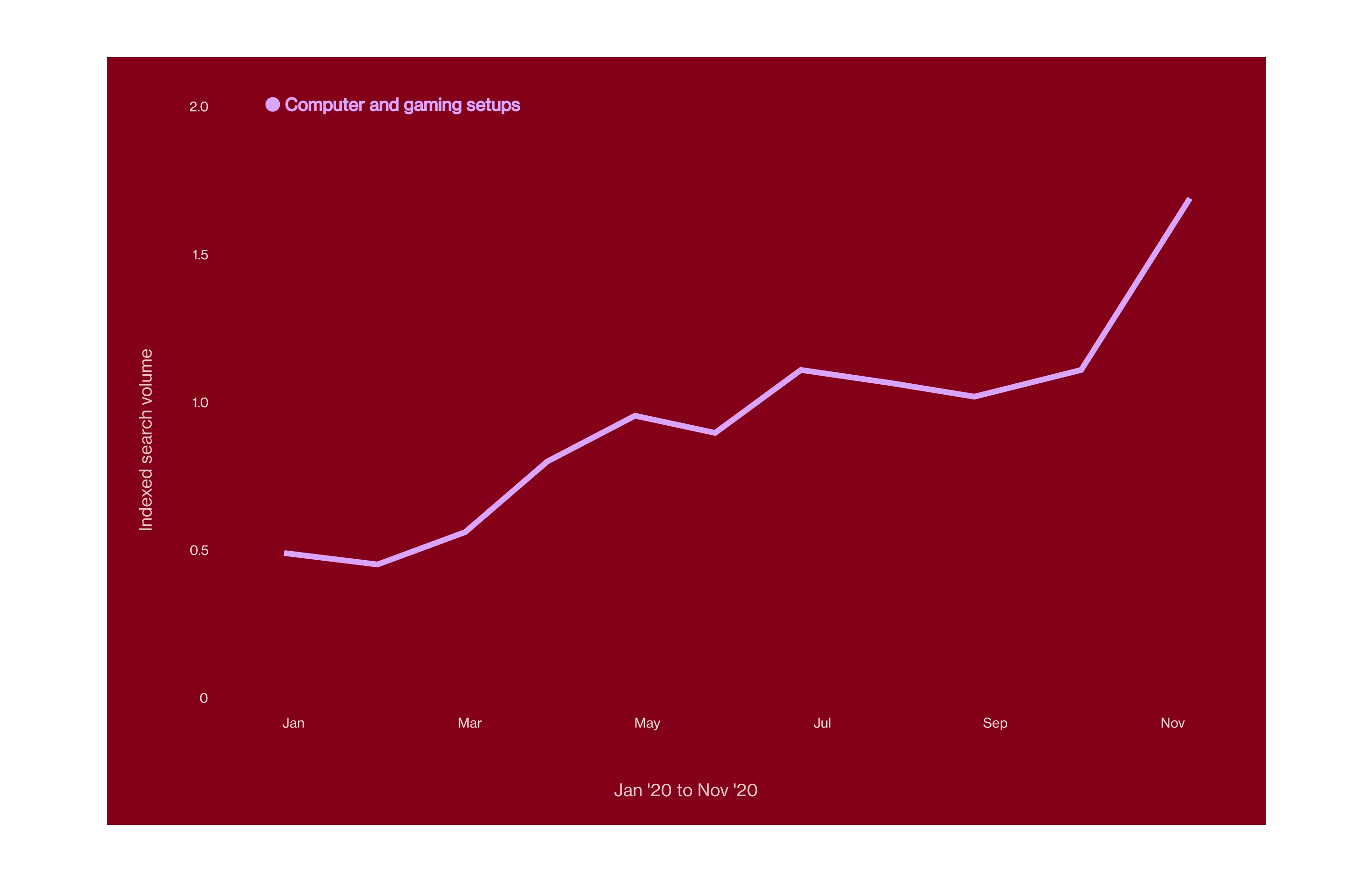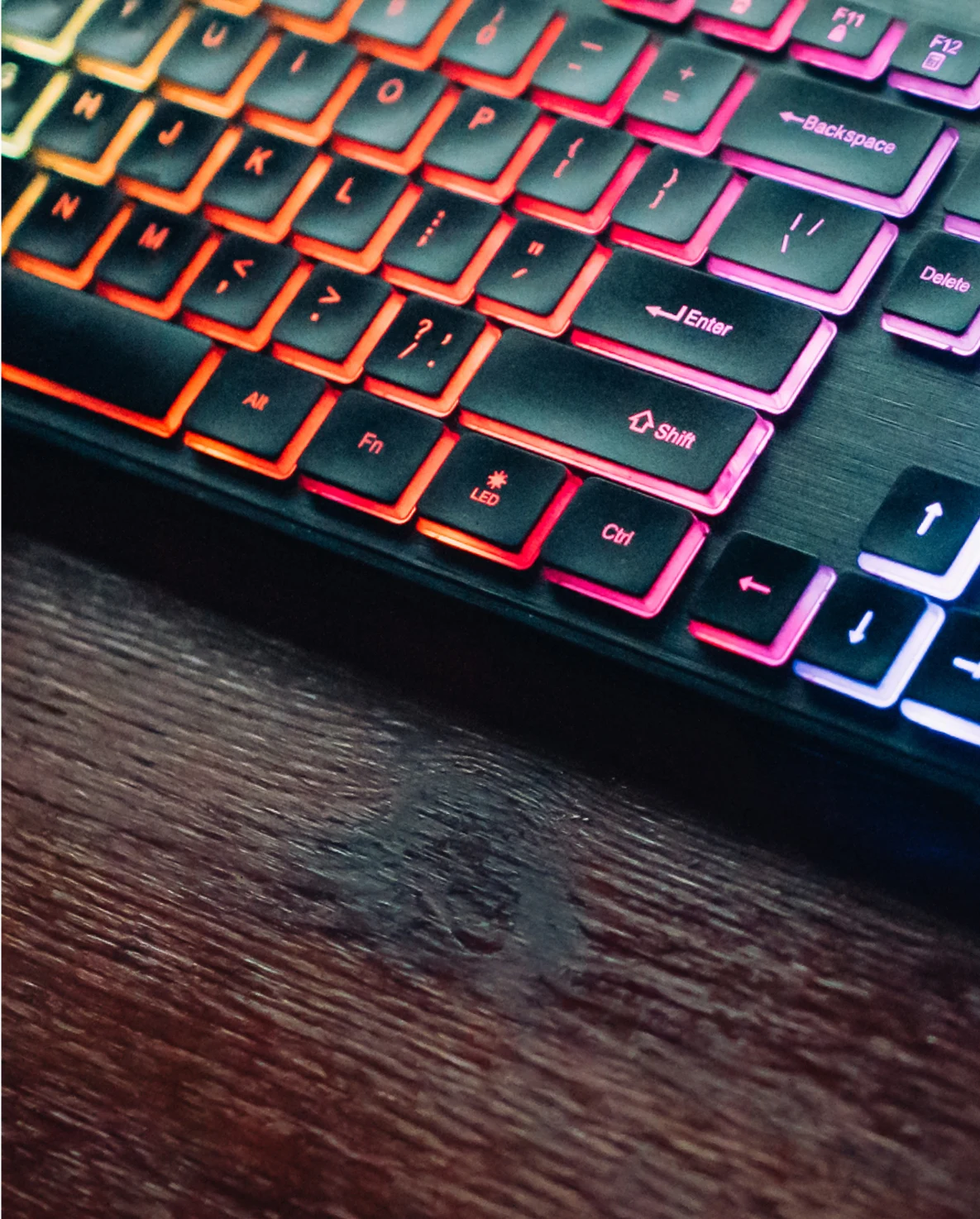The Point: A rising interest in personalisation is changing how people shop for tech. Because for today’s consumers, devices aren’t just functional. They’re a form of self-expression.
There weren’t many choices to make when we bought our first mobile phones. Make, model, storage size—that was about it. Everyone’s phones more or less looked the same. In some ways, that was part of the appeal. Having the same device as your friends was like a status symbol, or a way to fit in.
These days, it’s a lot more complicated. Devices still serve as status symbols, but today’s consumers don’t just want the same experience as everyone else. They want their technology to reflect who they truly are.



Their devices, their way
This growing demand for personalisation affects the whole path to purchase. So let’s start where your customers do: product research.
In a study with Pinner tech shoppers, we found that nearly 50% are more likely to use boards when researching products and brands.1 Price and functionality still come first. But once shoppers check those basic boxes, they start vetting products against more personal criteria like style and lifestyle.
The more they can envision a specific device in their lives, the better. They’re looking at details like colour palettes, form factor and aesthetics. They might also consider potential accessories, like cases or charms. And they’ll start considering how the device can support their hobbies through add-ons or apps.
Decor goes digital
Today’s consumers are designing their digital spaces with the same intention as their homes. We’re seeing huge growth in what we call “digital decor”: custom icons, lockscreens, playlist covers and more. People are looking for ways to express their creativity and style through curated aesthetics and customised user experiences.
Interest in digital decor climbed throughout 2020, getting an extra boost from the iOS 14 launch in September. This topic is growing so fast, we even named it a top trend for 2021.
Indexed searches for digital decor from January 2020 to November 20202

Set up for success
Searches for computer and gaming setups grew over 150% between November 2019 and November 2020.2 Early into COVID, people were looking for stopgap solutions. Now that they’re staying home longer, they’re looking for permanent setups that fit both their budget, and their decor.
Indexed searches for computer and gaming setups from January 2020 to November 20202

Work-from-homers need flexibility and comfort—whether they’re in a sprawling home office, or working out of a closet. That makes ergonomics, device compatibility and space efficiency more important than ever.
For gaming, people want equal parts specs and aesthetics. First, they have to get the equipment right: mics, monitors and so on. But they’re also looking up more stylish elements, trying to create just the right mood. That means queries like “gaming desk,” “LED lights bedroom” and “neon lights.”3


Reach tech shoppers early on Pinterest
Tech is a growing category on Pinterest. In fact, over 80% of tech Pinners have looked for or browsed the category on the platform.4 It’s where people go to discover new products and dream up their perfect tech setup. It’s also where early adopters start planning their next purchase: we’ve even identified 75 million tech early adopters in the US that you can reach through the Pinterest Ads Manager.5
Act on the insights
Whether you’re a device manufacturer or an app marketer, try to keep personalisation top of mind as you plan for 2021. Here are some tips to get you started:
1.
Offer a range of sizes, colours and configurations.
Think about the different ways that people incorporate devices into their homes and routines. You can even include tools on your site to help people configure the perfect option.
2.
Show people how your devices can fit their style.
As you develop campaigns and ad creative, think about showing devices in different kinds of decor, or supporting different kinds of hobbies.
3.
Make it easy to customise the user experience.
Think about how people will interact with your app or your screens. You can even offer different presets for specific aesthetics or interests to help people out.

